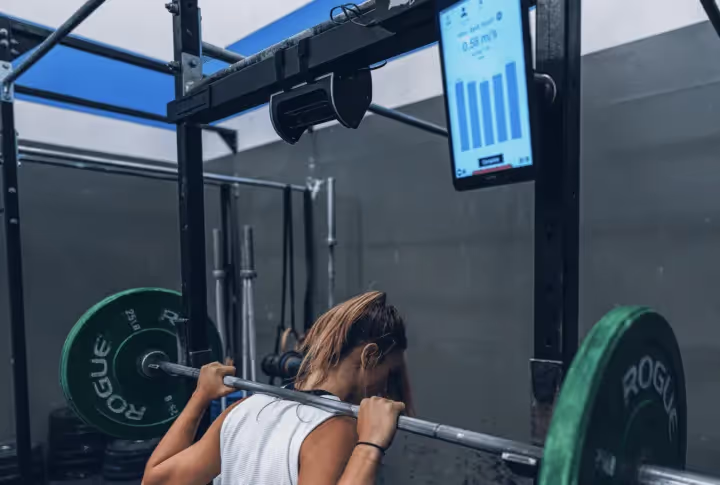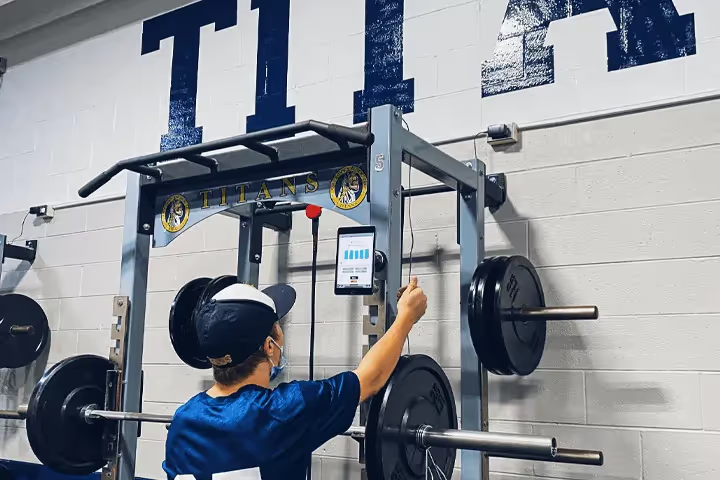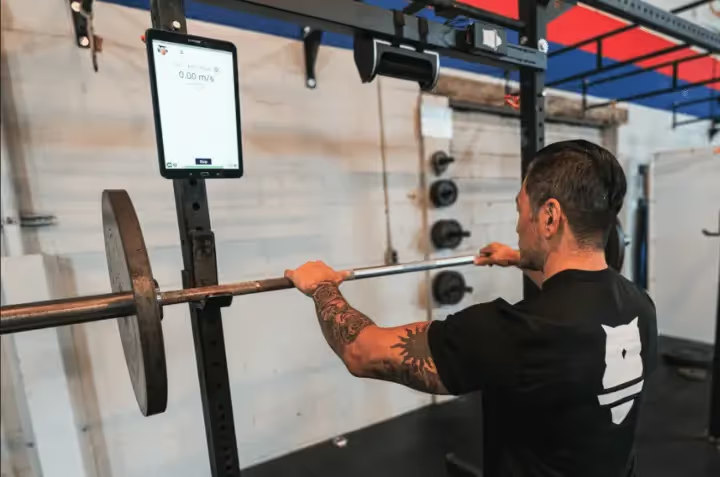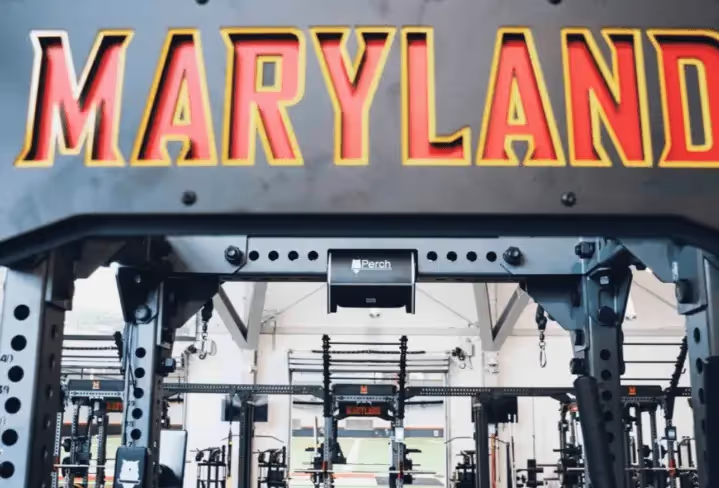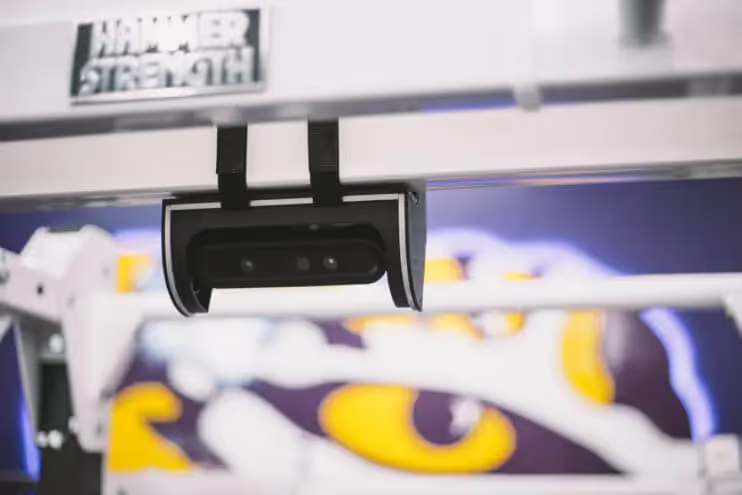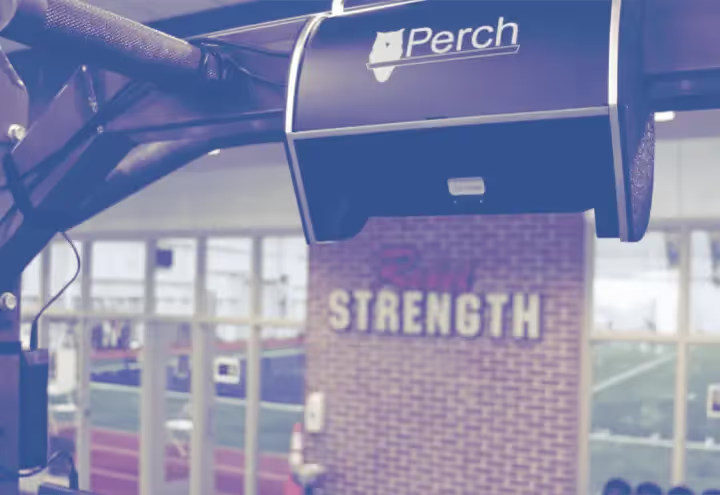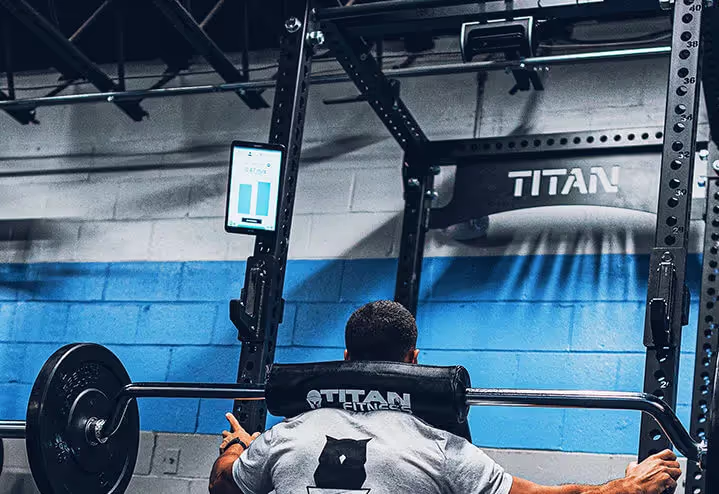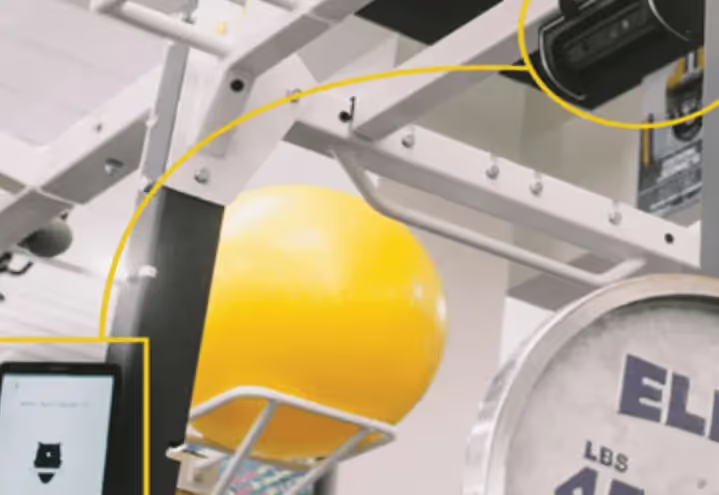VBT for College Athletes

For the first installment in our five-part VBT for specific populations series, we'll be discussing VBT for college athletes and it's benefits!
In previous posts we have talked about how velocity based training is sometimes a misnomer. The common assumption is that VBT is only useful when a coach wants an athlete to move a bar quickly. The reality is that in tracking bar speed VBT informs a lot of decision making in the weight room that would otherwise be a best guess. Velocity thresholds allow a coach and athlete to know when the load on the barbell may be too heavy (if the athlete is moving the load too slow) or too light (if the athlete is moving the load too fast).
VBT can inform the force/velocity profile of an individual athlete and reveal both strengths and weaknesses according to their sport and positional needs analysis[1,3-4]. Additionally, VBT can inform fatigue status and daily readiness with live readouts and assessments [6, 8]. Moreover, it allows both coaches and athletes to know whether or not the load they are lifting is appropriate for the specific trait they are training for according to the velocity zone selected [2,5].

STRESS AND COLLEGIATE ATHLETES
In the most strenuous offseason program, an athlete may lift four times a week. If a week is 168 hours long and a training session is about an hour, then a student-athlete has approximately 164 hours in the week during which they are impacting their body’s ability to perform optimally. This can either be a positive or negative impact. When we’re talking about collegiate student-athletes, there are a lot of extraneous demands on their schedule and time that will impact both how they perform in the training session, and how they recover after.
Student-athletes have to manage daily school work and exams, busy social lives, potentially jobs or work study positions, newfound choices in food (and alcohol) consumption, travel for both sports and fun, relationships in all forms, hobbies, clubs etc. All of this is crammed into the 24 hours in a day and the 168 hours in a week over the duration of a semester (about 15 weeks long - or 2520 hours). Every hour has the potential to provide more stress and limit the performance capacity of an athlete, or provide greater recovery and enhance the performance capacity of an athlete.
TRAINING ATHLETES TO THE BEST OF THEIR ABILITY
We say all of this to highlight the fact that for the vast majority of the day and week, an athletes’ decisions are out of the hands of a coach. Despite this, it is still up to the coach to provide a stimulus that is just right to train for the desired and necessary adaptations to optimize performance on the field of play.
This can seem a dizzying and daunting task when we don’t know how the athlete is doing. While conversations with them can certainly help inform that, consistent data collection can also complete the picture. And what is more, that same data collection can provide immediate feedback and allow a coach to know - with certainty - when a load is too much or too little for the athlete in question. In this way we can train our athletes to the best of their ability every single time we see them and take the guesswork out of the equation.

SPECIFIC TRAITS FOR INDIVIDUAL NEEDS
Most strength coaches are good at remembering collegiate athletes are not professional weightlifters, and in addition to having many demands on their time, they also have a specific role to play on their team. In most cases, this will involve some combination of skill, strength, speed, and power. While sport coaches can manage the skill portion, it is up to strength coaches to optimize the strength, speed, and power portions.
We can do this by fully understanding the needs analysis of the sport or position in question, performing a force/velocity profile on an individual athlete to understand where they may need improvement, and then training for specific traits to enhance those areas. Without VBT, it is hard to know, with certainty, what trait is being trained.
Velocity zones correlate almost perfectly to traditional percentage protocols assuming maximal intent [2]. If - with stress - those percentages can fluctuate by about 18% in either direction on any day, then we want to leave less to chance and more to precision [5]. Training in velocity zones and adjusting loads based off athlete need will give us the best chance at reducing injury risk while simultaneously providing the appropriate stimulus for the adaptations we desire.
CONCLUSION
By not only collecting data, but using it in live time to optimize training protocols, create accountability within the weight room, and using it as a fatigue indicator in live time, we give both ourselves as strength coaches and our athletes the best possible chance at achieving their goals. Collegiate student-athletes have an abundance of demands on their time. By using data and technology in the weight room, we can help take some of the guesswork out of strength training and simultaneously optimize time and performance.
OTHER RELEVANT POSTS!
Curious about the Coach's perspective on VBT? Check out our Coach's Corner series with college strength and conditioning coaches!
Check out our Return To Play from Covid-19 series!
Read more about Perch here! And check out Product Videos here. And our support website here.
Back to basics? Review the origins of VBT and Strength Training!
FOLLOW US!
Keep checking back for more velocity based training content, tips, tricks, and tools. And don’t forget to follow us on Twitter , Instagram and Linkedin and like us on Facebook .
SOURCES
- Bourdon, P. C., Cardinale, M., Murray, A., Gastin, P., Kellmann, M., Varley, M. C., … Cable, N. T. (2017). Monitoring Athlete Training Loads : Consensus Statement Monitoring Athlete Training Loads : Consensus Statement. International Journal of Sports Physiology and Performance, 12(May), 161–170.
- Gonzalez-Badillo, J.; Sanchez-Medina, L. Movement velocity as a measure of loading intensity in resistance training. Int. J. Sports Med. 2010, 31, 347–352.
- Jidovtseff, B.; Harris, N.; Crielaard, J.; Cronin, J. Using the load-velocity relationship for 1rm prediction. J. Strength Cond. Res. 2011, 25, 267–270.
- Jiménez-Reyes, P., Samozino, P., Brughelli, M., & Morin, J. B. (2017). Effectiveness of an individualized training based on force-velocity profiling during jumping. Frontiers in Physiology.
- Jovanovich, M.; Flanagan, E. Research application of velocity based strength training. J. Aust. Strength Cond. 2014, 22, 58–69.
- Mann, B., Kazadi, K., Pirrung, E., & Jensen, J. (2016). Developing explosive athletes: Use of velocity based training in athletes. Muskegon Heights, MI: Ultimate Athlete Concepts.
- Mann, J. B., Thyfault, J. P., Ivey, P. A., & Sayers, S. P. (2010). The effect of autoregulatory progressive resistance exercise vs. linear periodization on strength improvement in college athletes. Journal of Strength and Conditioning Research.
- Thorpe, R. T., Atkinson, G., Drust, B., & Gregson, W. (2017). Monitoring fatigue status in elite team-sport athletes: Implications for practice. International Journal of Sports Physiology and Performance, 12, 27–34.

Start Gathering Data With Perch Today!
Reach out to us to speak with a representative and get started using Perch in your facility.

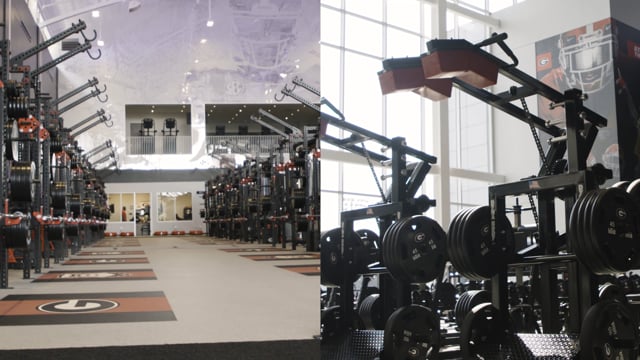
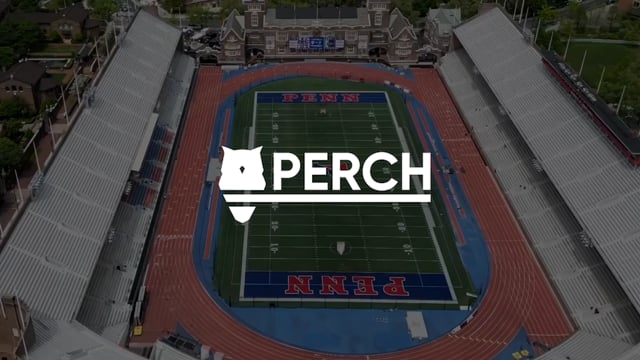


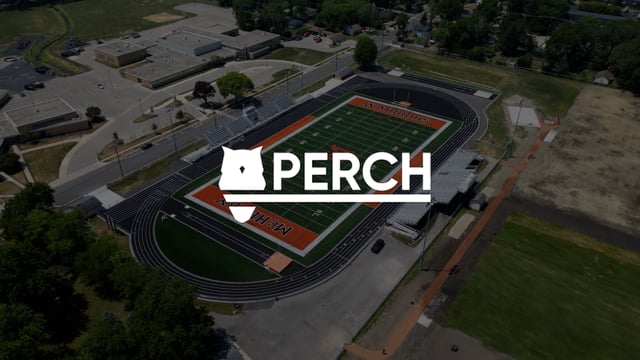
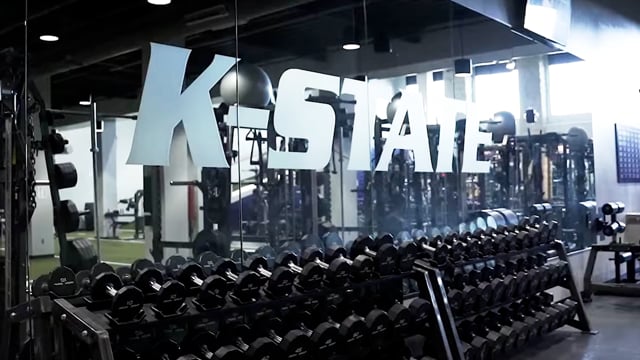

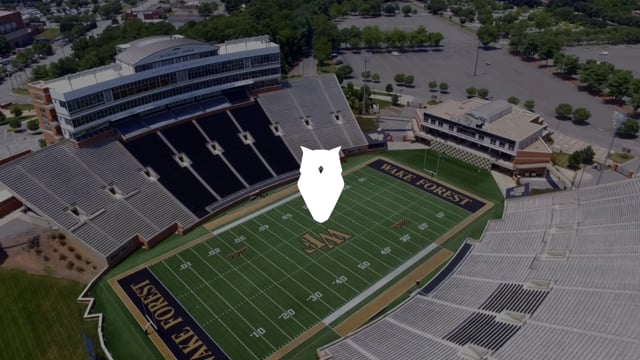
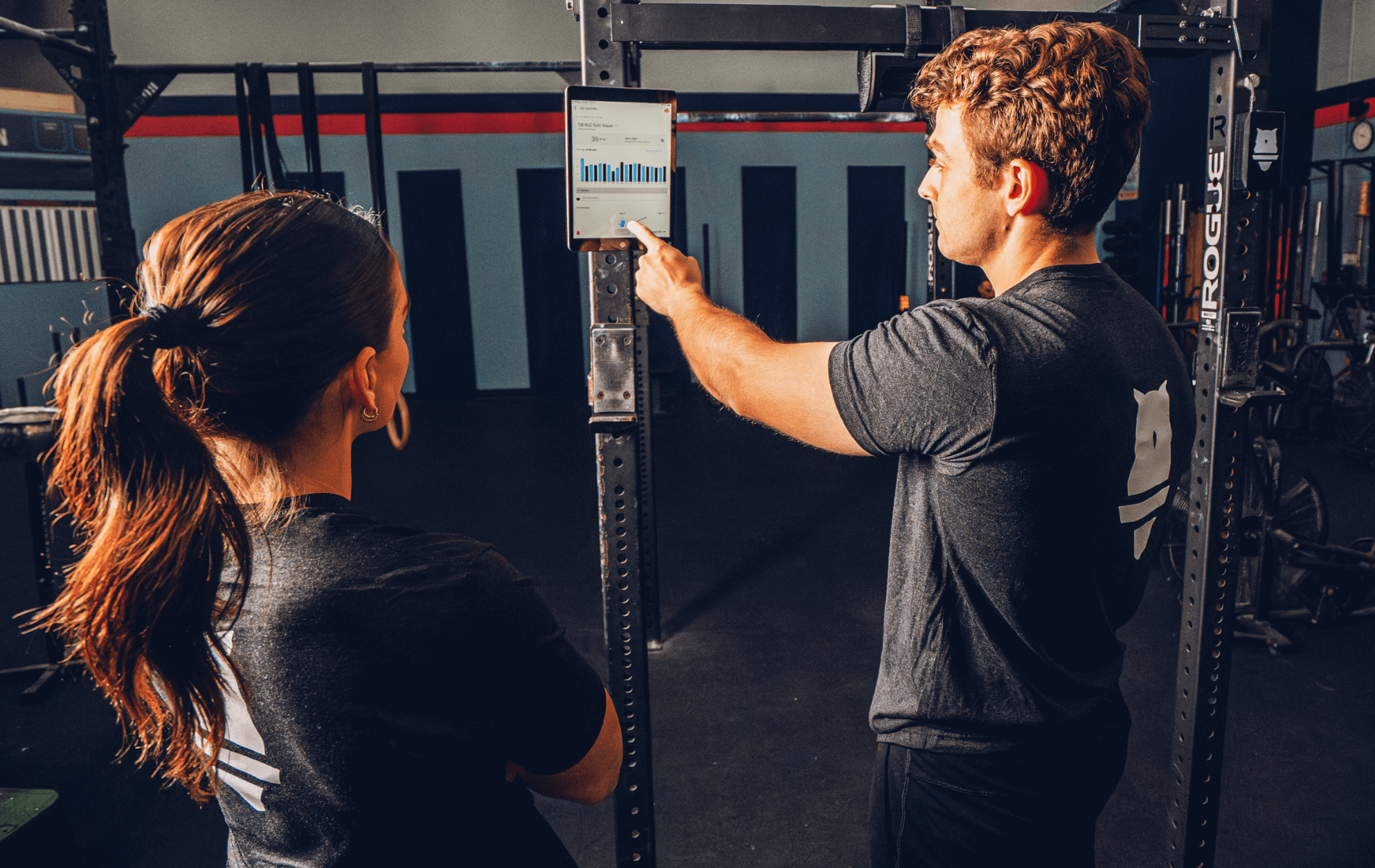
































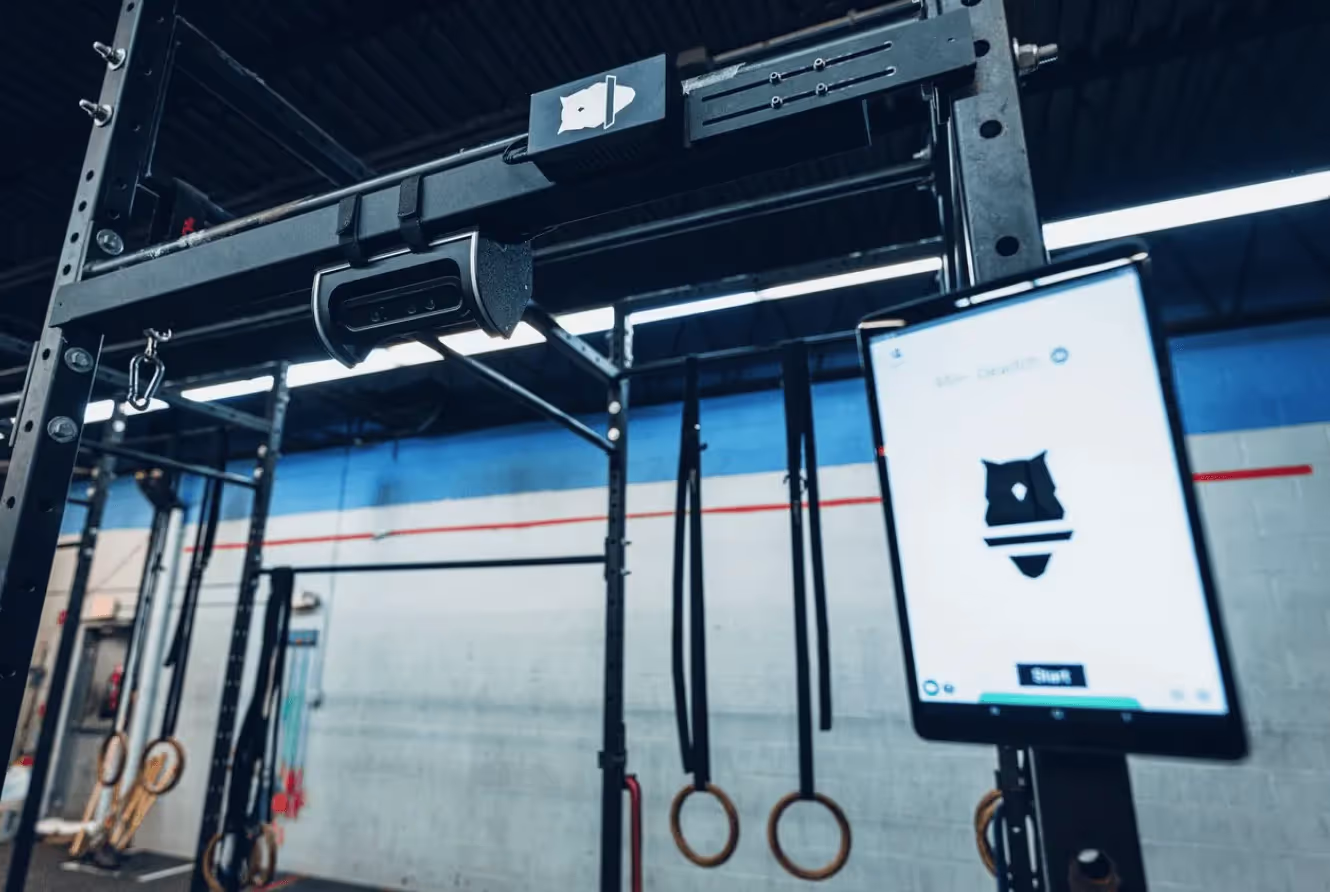
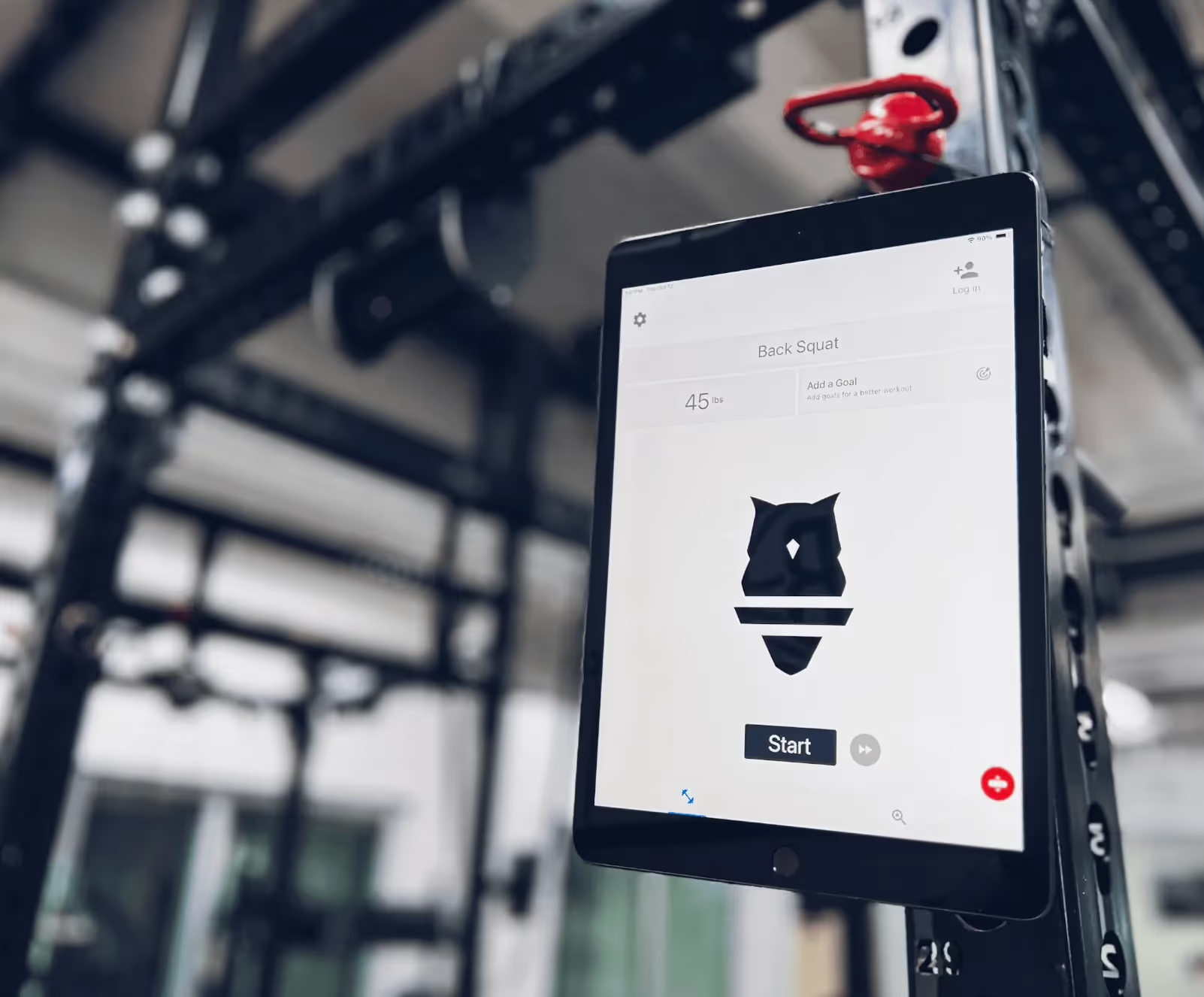



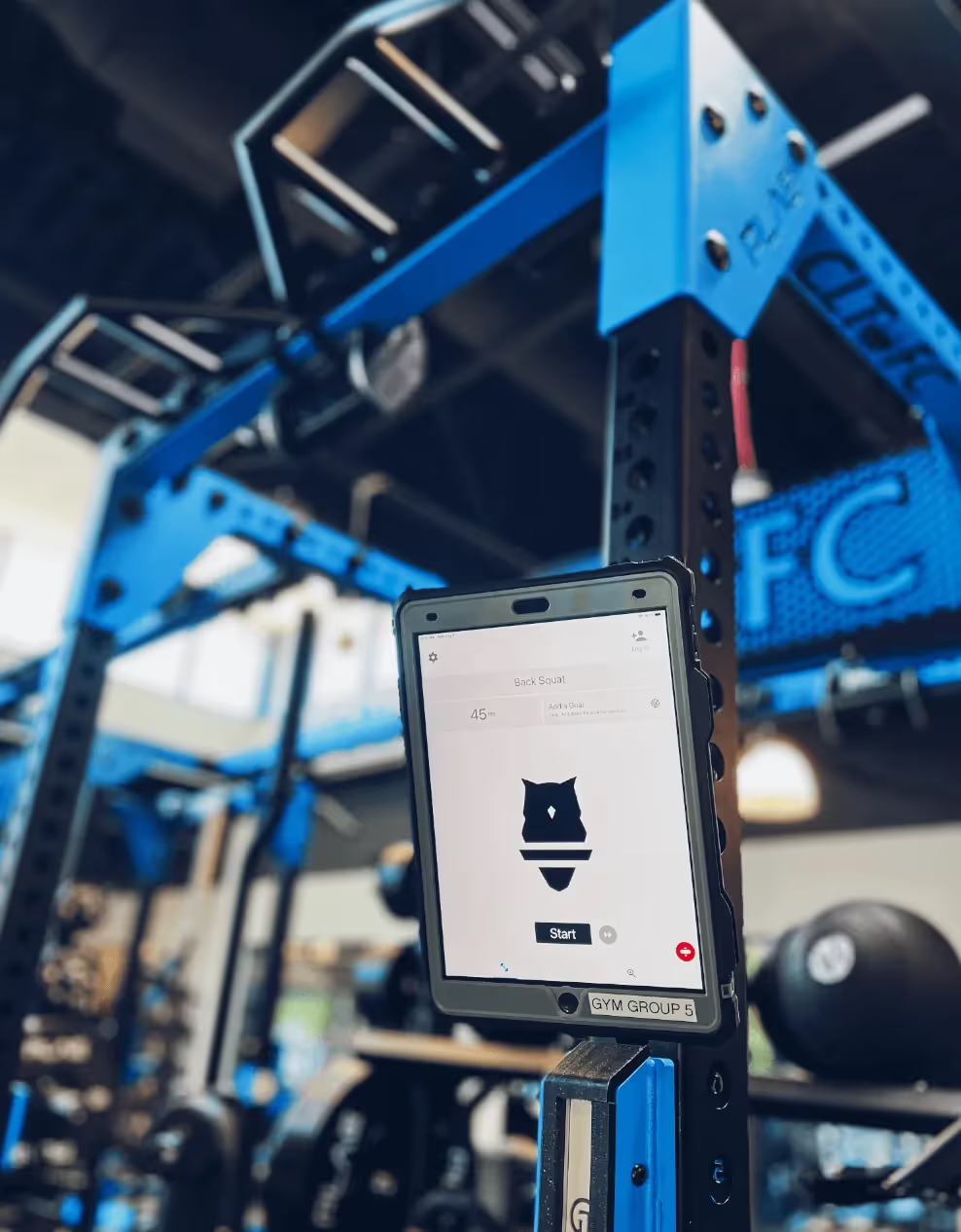
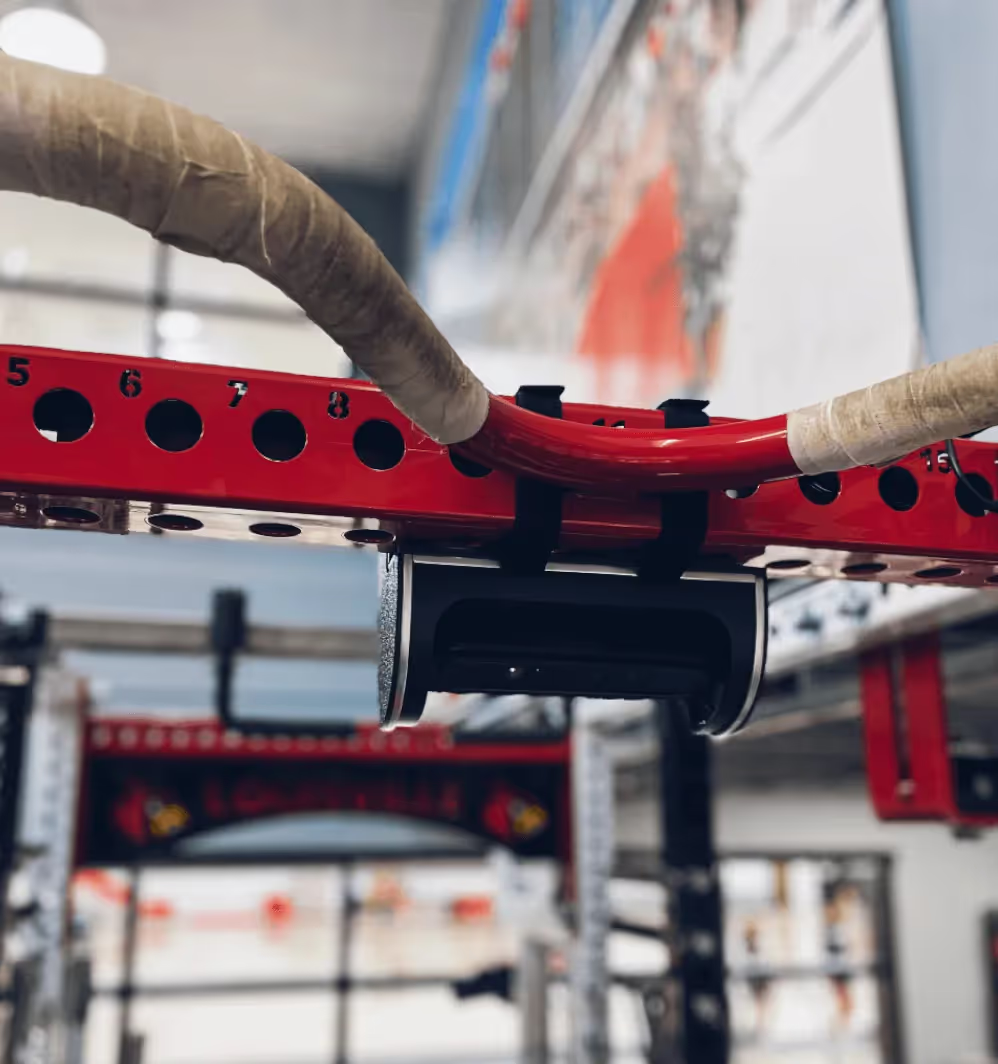






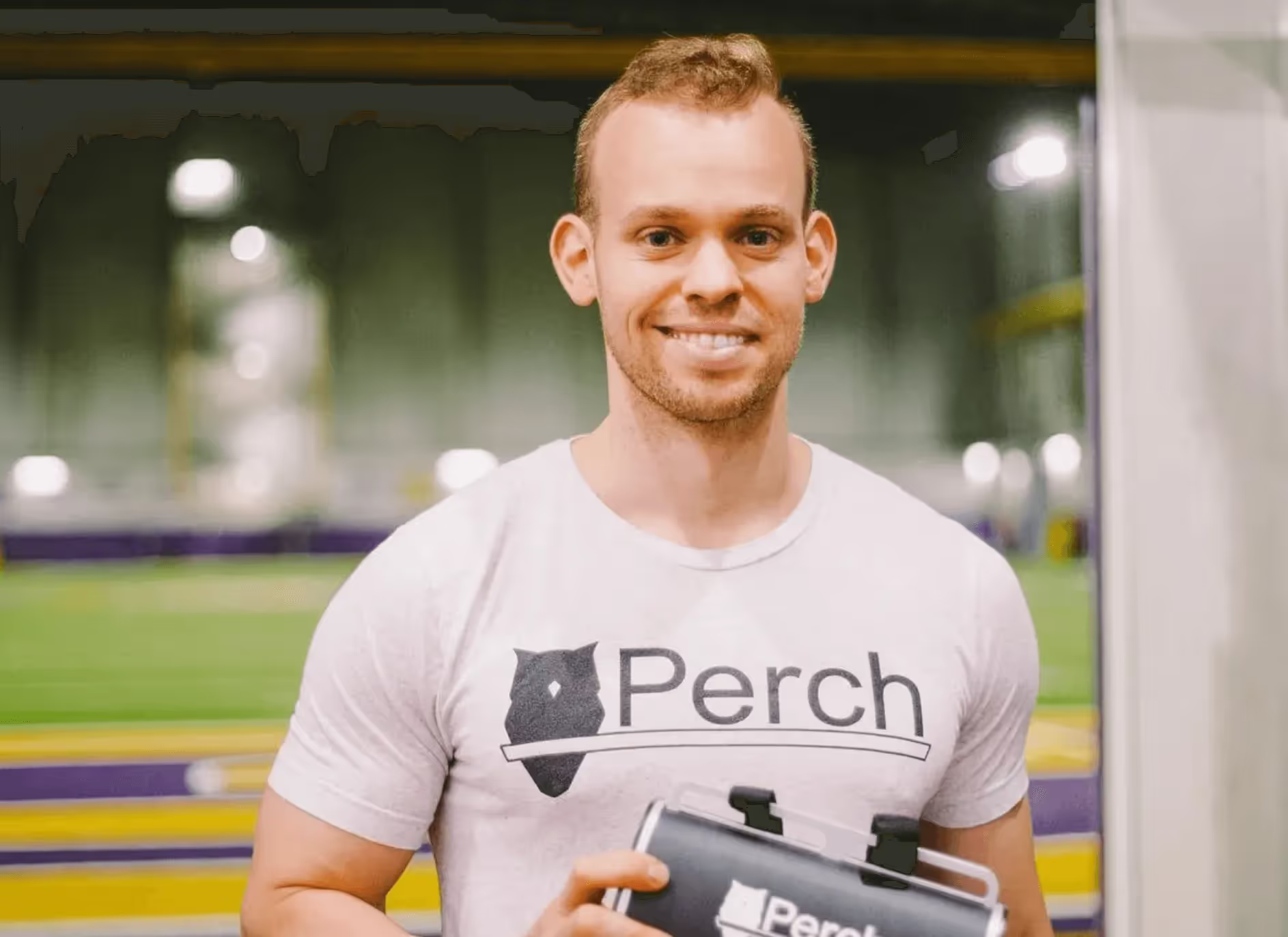


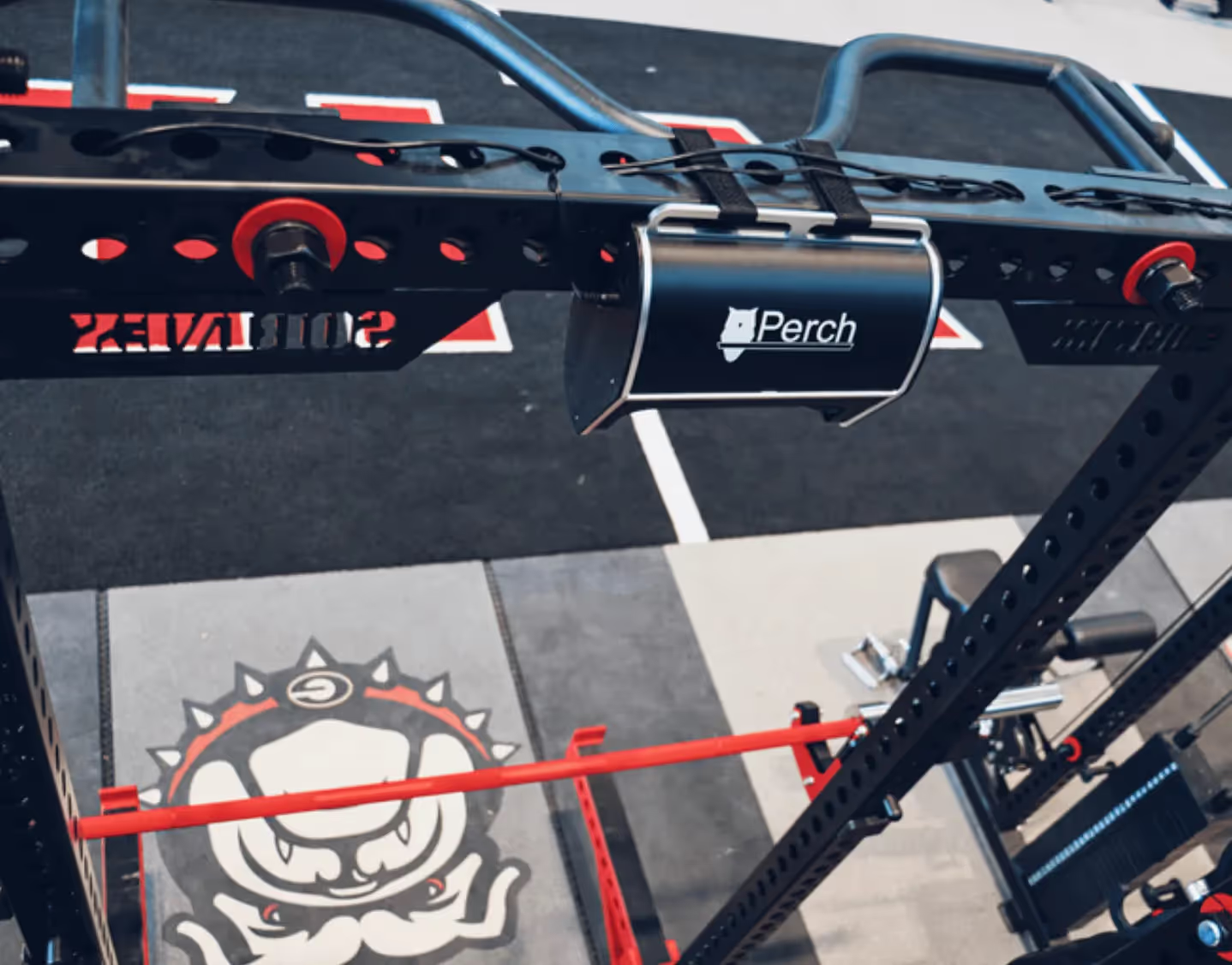


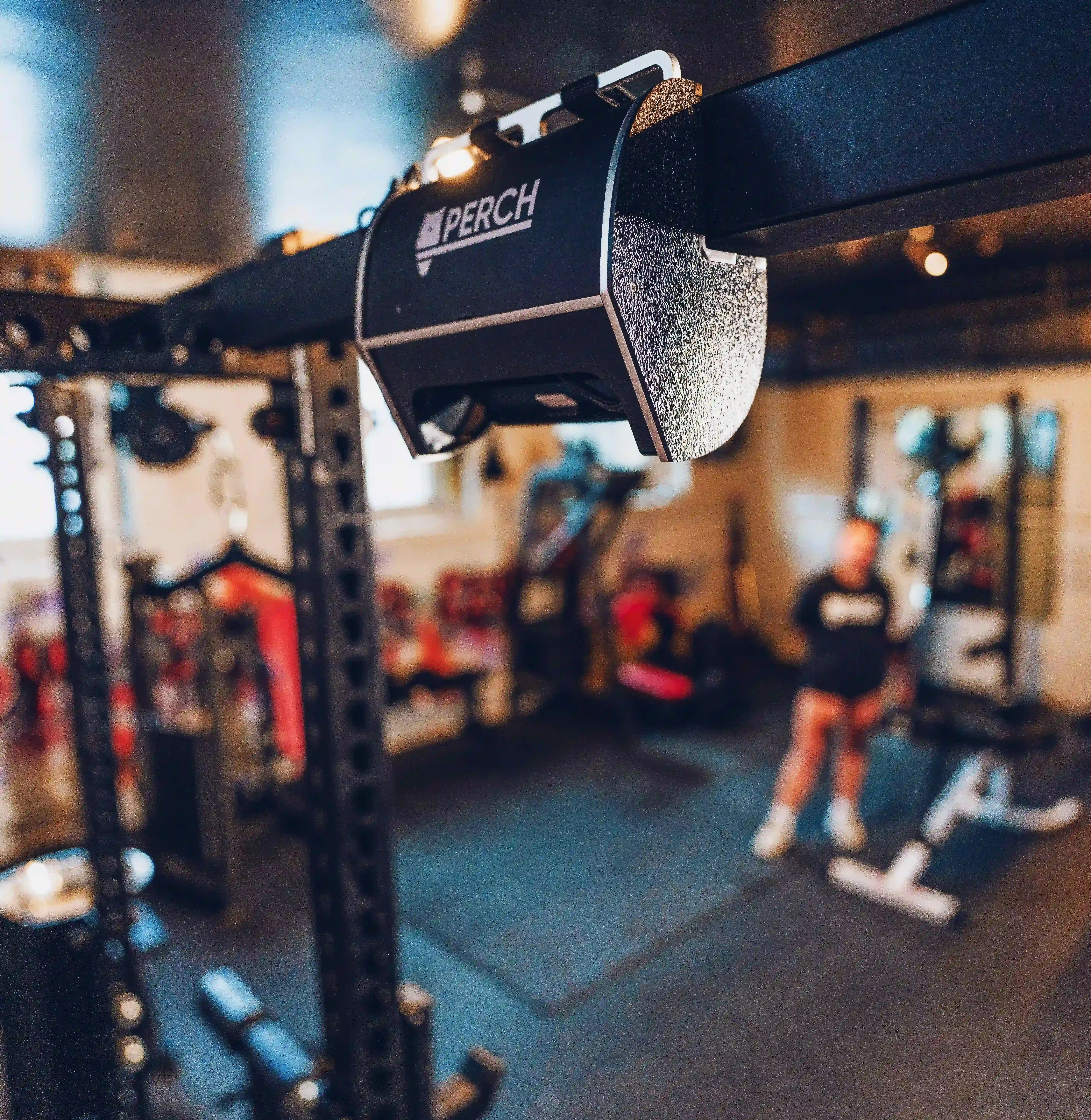
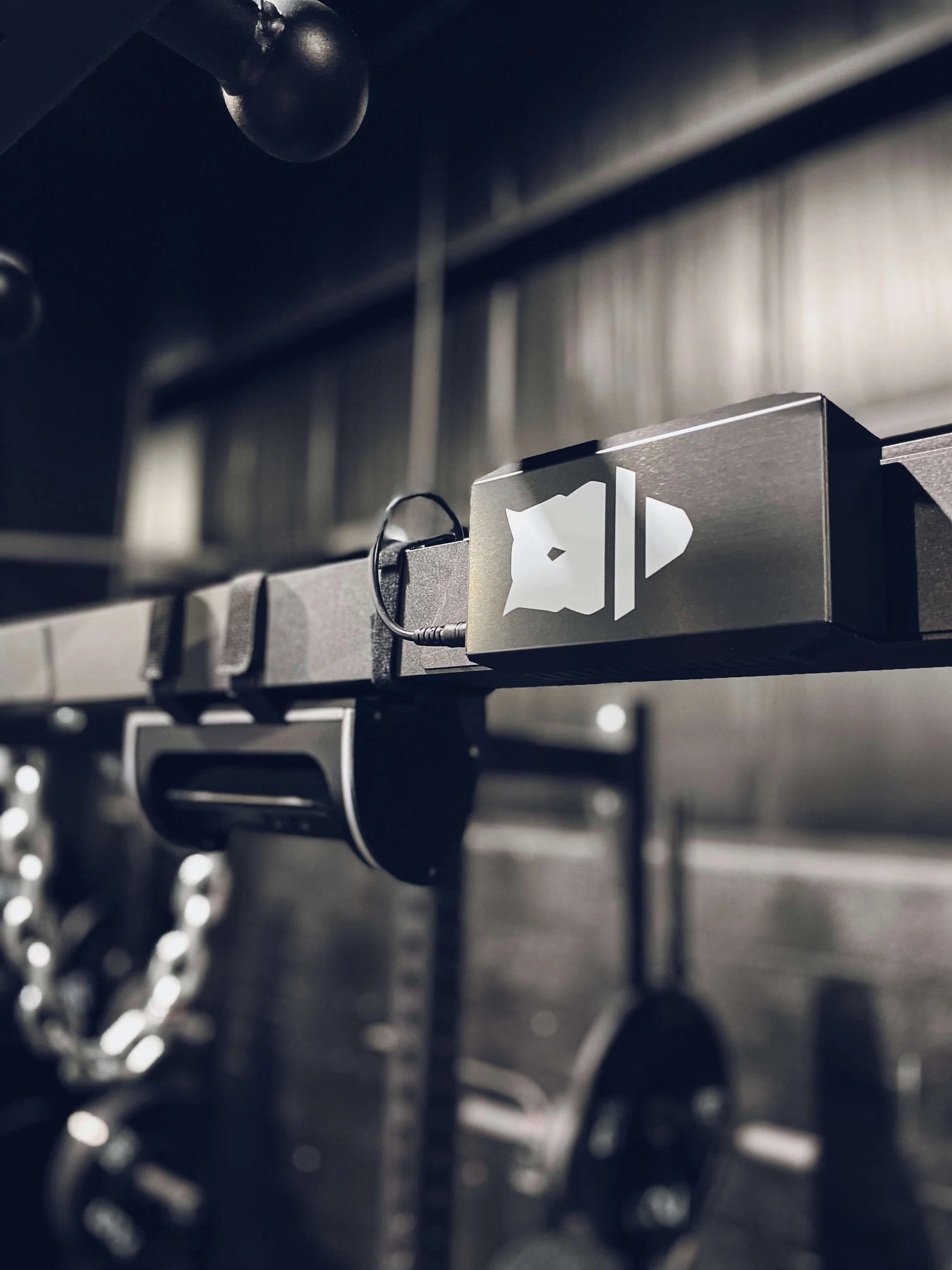

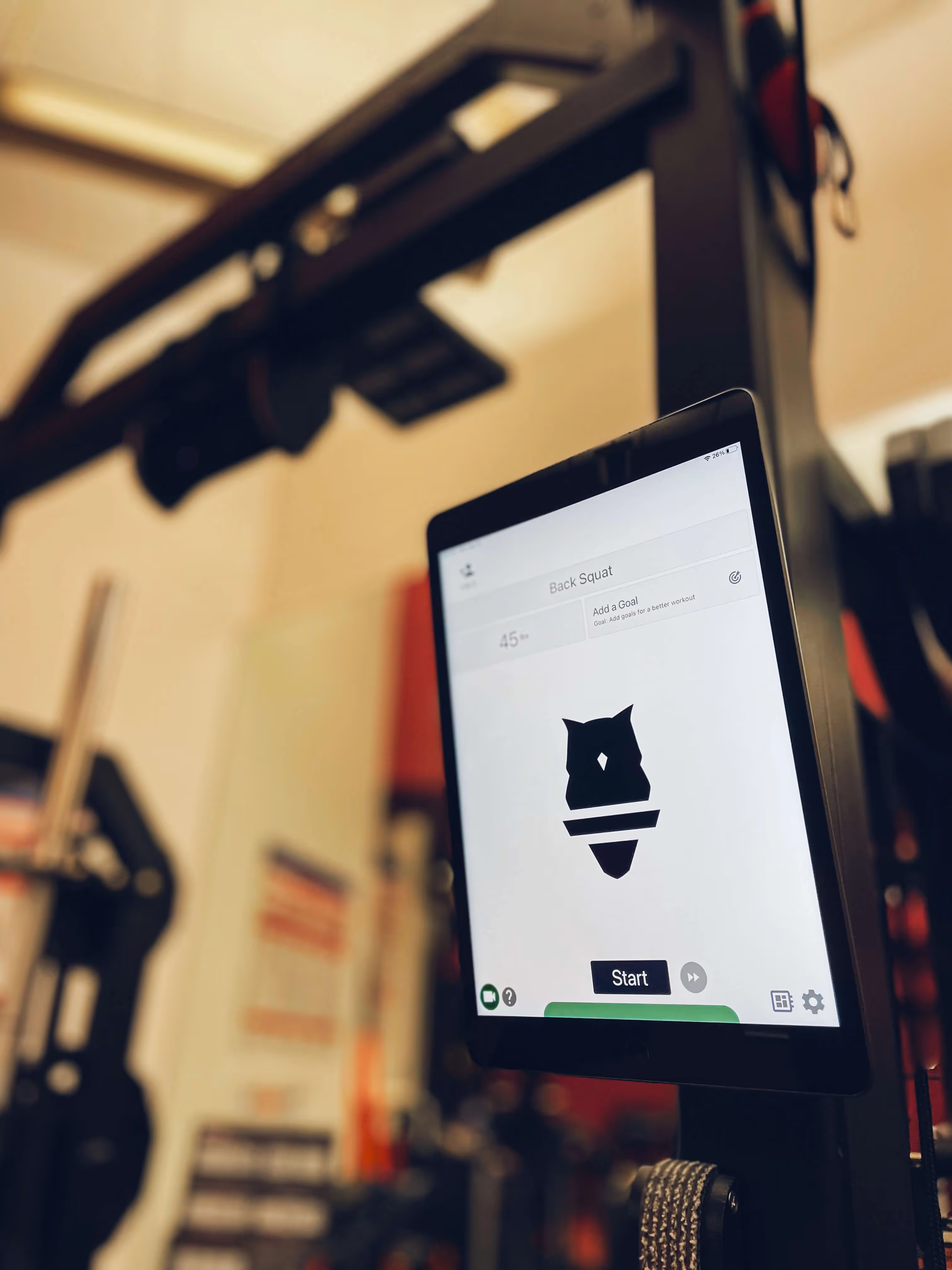

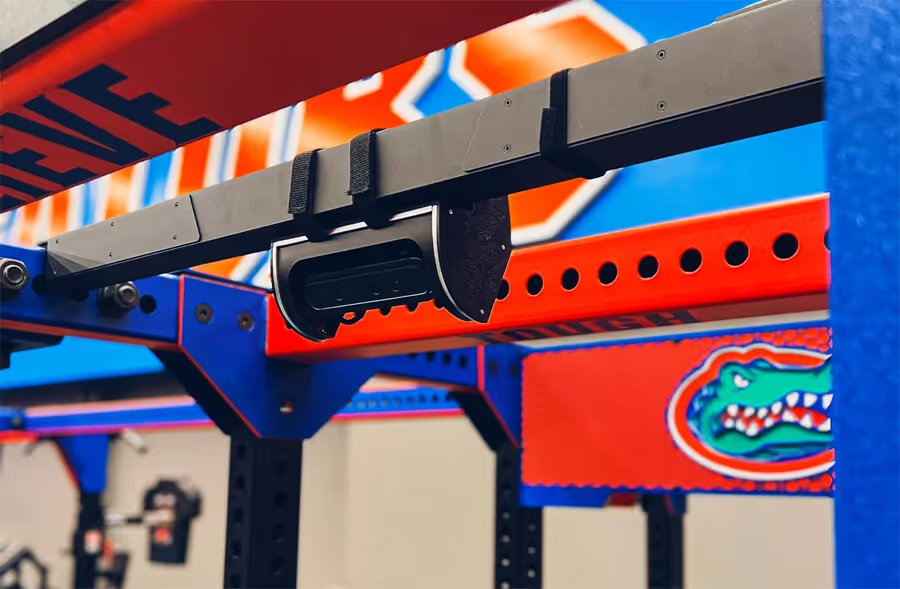
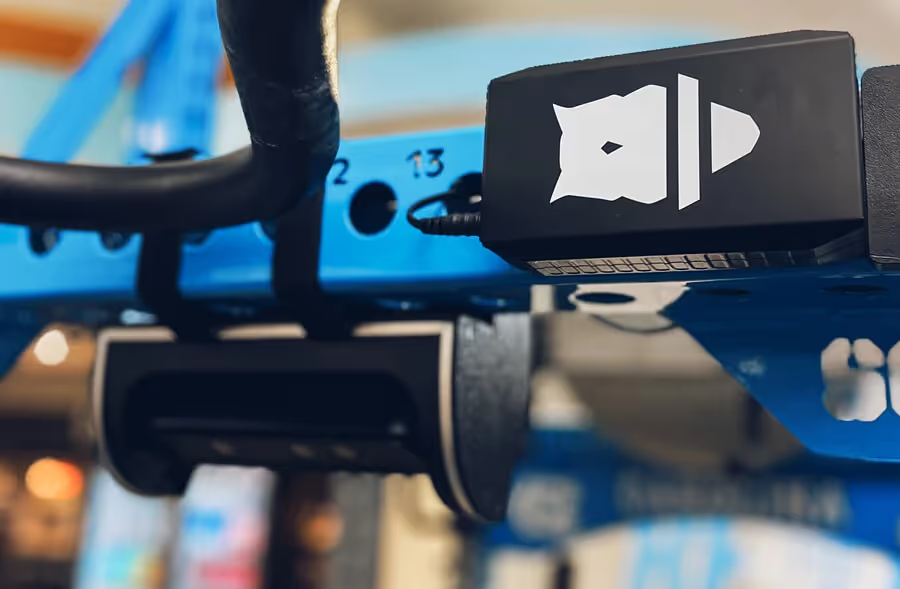

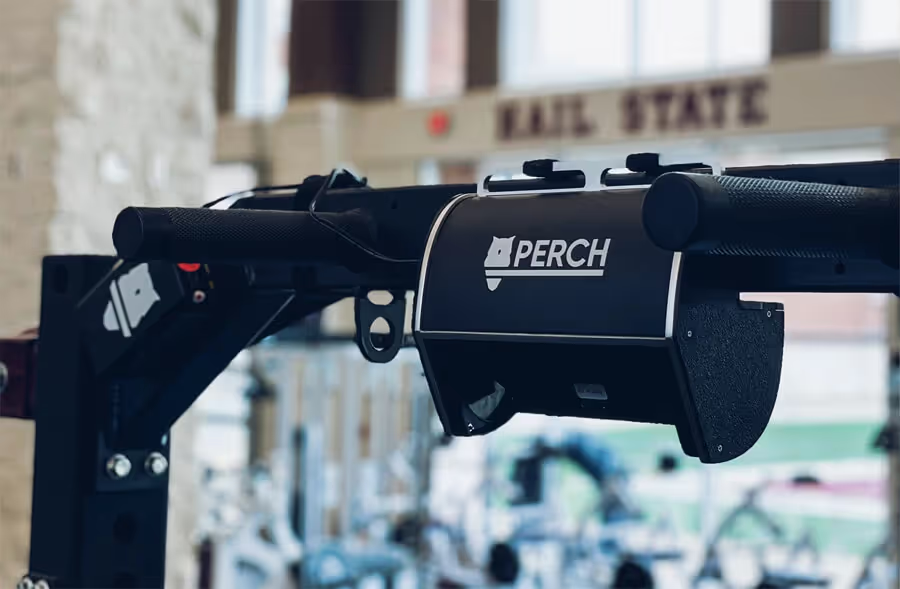



.avif)

